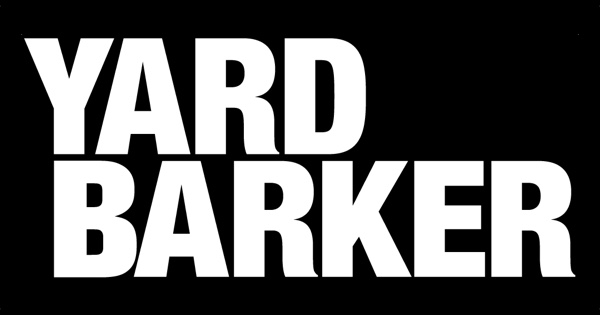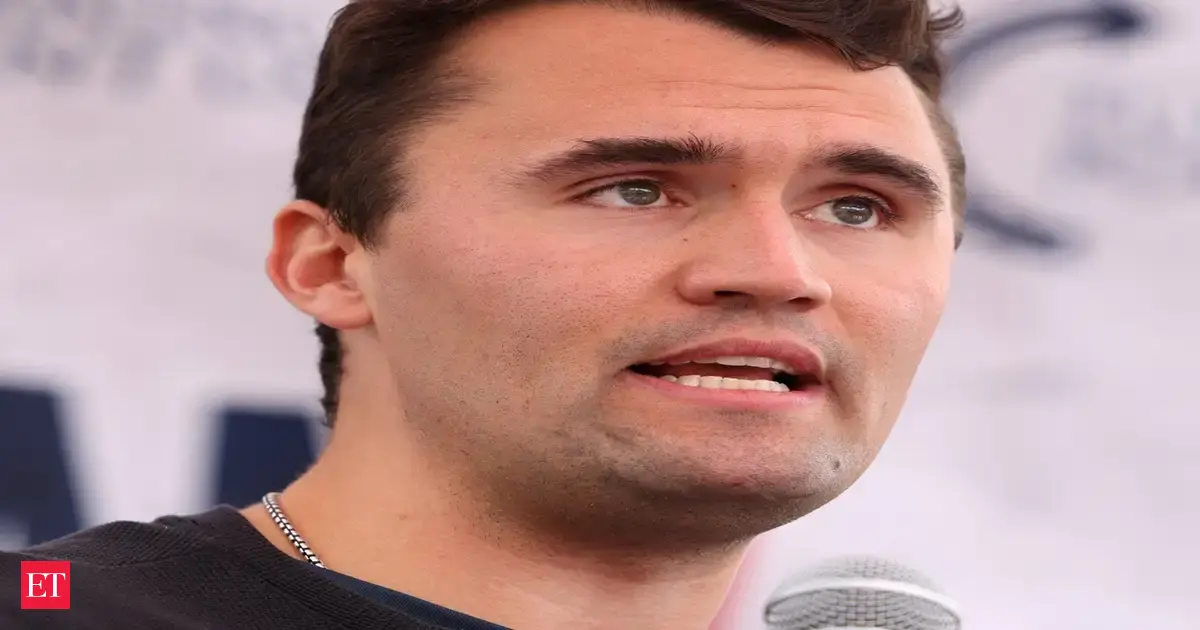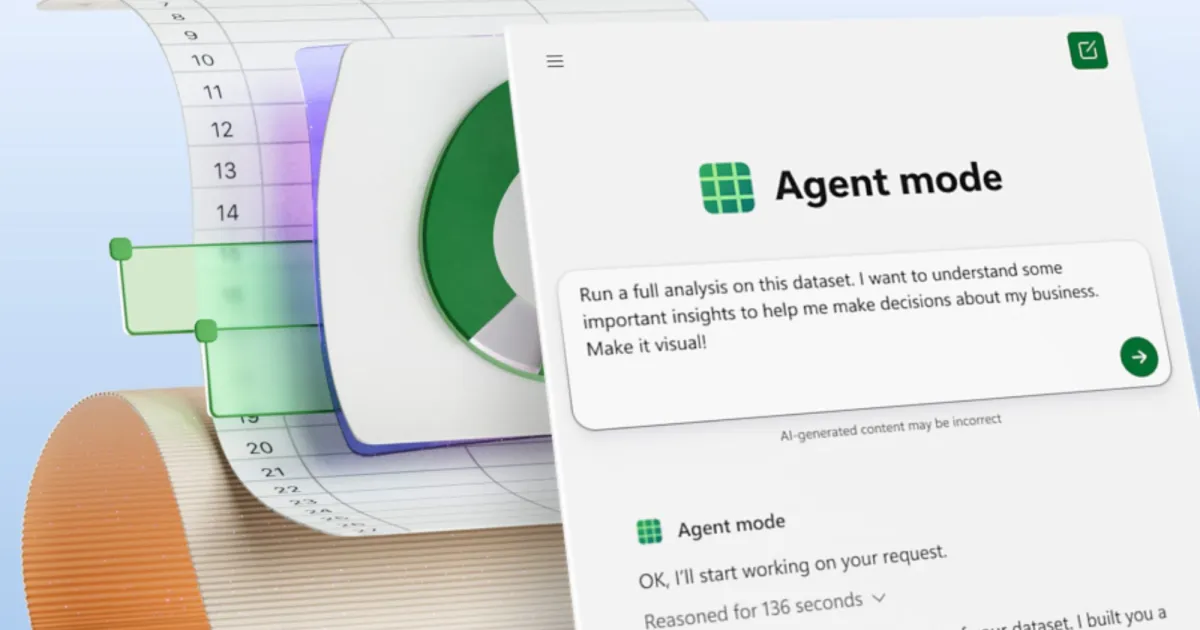By EssentiallySports,Saad Rashid
Copyright yardbarker

Why it changed
Ultimately, it all comes down to cost. A full season of primary sponsorship can run upwards of $20 million, and that kind of investment is becoming difficult to justify in today’s landscape. NASCAR’s viewership has declined over the years, especially in comparison to the early 2000s, and from a marketing standpoint, spending that kind of money simply doesn’t provide an adequate return.
At the same time, companies have changed their approach to advertising. With social media coming to prominence and short-form content booming, brands are not as interested in year-long campaigns. Instead, they want to be associated with moments that can trend and go viral. With that strategy, a single race weekend, especially something like the Daytona 500 or Coca-Cola 600, can give better returns than a season-long deal.
It’s getting harder for brands to measure the impact that they’re making by sponsoring a NASCAR team over the course of a year. However, by splitting the sponsorship across multiple races, companies have more flexibility and less risk. The business model has changed, and sponsors are interested in sprints and not marathons.
What this means for teams and drivers
For teams, this means that their job has become a lot more difficult. They no longer have the stability of having an anchor sponsors for the entire year. Instead, they have to work continuously to make sure their budget is filled with short-term backers. Meanwhile, drivers are expected to adapt nearly every week to a different company advertising their products. One week they’re representing an energy drinks company, the other week it’s all about financial services.
Each sponsor has their own set of requirements, which often includes activations, appearances, and promotions. That requires drivers to be more flexible than ever before, diluting a sense of identity for their teams. Denny Hamlin had a longstanding association with FedEx, while Bass Pro Shops sponsored Martin Truex Jr.. But that ‘concept’ doesn’t exist anymore, with drivers forced to become walking billboards for whoever is forking out the money that weekend.
This situation also means that the overall sponsorship landscape is very uncertain. Contracts can be fragile, and a bad run for a driver can have disastrous consequences from a funding standpoint. Loyalty, which once existed in the NASCAR garage, is getting increasingly harder to find in the stock car racing world.
How it affects NASCAR’s broader identity
Unfortunately, the current sponsorship landscape is having a domino effect, affecting the identity of NASCAR itself. Back in the good ol’ days, cars were iconic because of their liveries. Who doesn’t remember Dale Earnhardt’s black No. 3 Chevy? Fans didn’t just cheer on their favorite drivers, but the brands they were associated with as well.
Now, cars look very different from one weekend to the next, and fans feel less emotionally invested in the ‘identity’ around their favorite drivers. That’s also affecting NASCAR’s cultural footprint, because brands don’t stick around long enough to become household names, which is causing the sport to lose visibility in the long run.
Can the old model return, or should NASCAR adapt?
The reality is that full-season sponsorships are unlikely to return. With social media coming to the forefront, marketing strategies have shifted far too much for the ‘old model’ to return. Companies are unwilling to invest, and they can’t track their returns over the course of an entire season. But that doesn’t mean NASCAR needs to abandon the idea of long-term relationships.
Perhaps a hybrid model could come to the forefront, where a team has an ‘anchor sponsor’ that stays visible throughout the year, while other, short-term deals could fill in the gaps. Such a system could bring back the consistency that the sport is desperately missing, without demanding the massive budgets like in the past.
NASCAR can also play an important role in this regard. They need to give sponsors better tools to measure ROI, provide support for activations, and find new ways to integrate brands into the overall fan experience. That’s the only way long-term deals could become appealing again.
Conclusion–who owns the car anymore?
In NASCAR, sponsorship has always been about more than just the money. It’s a part of a driver’s identity. It gave fans a feeling of connection with both the driver and the ‘brand’. But now, with short-term deals changing every week, the cars have become less like a ‘symbol’ that represented a driver and more like a mobile billboard.
Ultimately, sponsors need to realize that they’re not just investing in exposure, but in the culture of the sport as well. Fans want to feel that emotional connection again, while drivers and teams want that feeling of stability and identity that only comes with long-term backing. NASCAR is running the risk of selling short-term advertising wins at the expense of long-term deals.
So, who really owns the car? The answer to that question lies with NASCAR. If the sanctioning body wants to carry the same power it once had, it’ll need to find a way to balance long-term partnerships with the quick marketing strategies of today. Otherwise, drivers and teams will continue to lose their identity, and fans will keep reminiscing about the good ol’ days.



